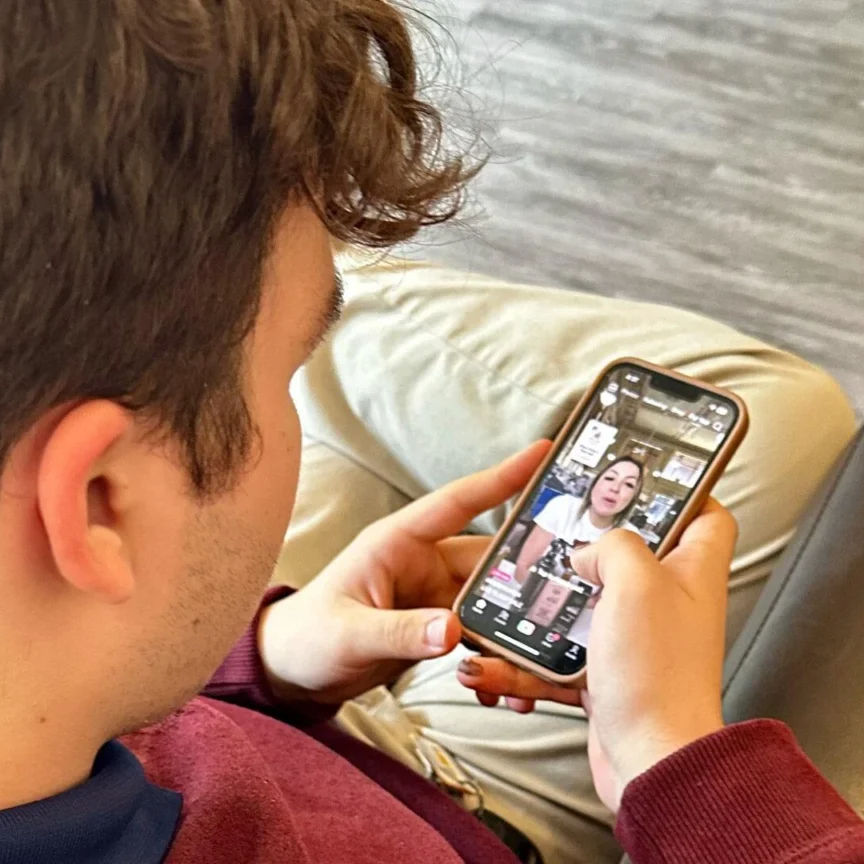‘Computer science for all’ goes beyond coding
- Joanne Jacobs

- May 11, 2022
- 3 min read
I took computer science in high school to meet boys. And I did. Nerdy boys. It was the era of paper-tape readers and punch cards. I learned basic programming in Basic and tried to learn Fortran, but didn’t get very far.
Education Week‘s Benjamin Herold has a story on three Latina teachers who are providing “out-of-the-box instruction” in computer science to diverse students.
In one class, Salem, Mass. students worked together to design a “bird vending machine” that “used small microcontrollers to train crows to find loose coins in the surrounding neighborhoods . . . then deposit them in a slot in exchange for food.”
“Computer science relates to things other than just coding,” Megan Bowen, who “identifies as Hispanic-American and queer,” told Herold.
Her 3-D Design students “design, prototype, and print their own fishing lures, then test them at a local pond,” he writes.
The “face” of computing is changing, said Yasmin Kafai, a learning scientist and professor at the University of Pennsylvania.
. . . teachers like Bowen are also expanding the K-12 sector’s notions of what counts as “real” computer science. In a recent research paper, Kafai outlined how the field, once largely focused on workforce training, now also helps students use computing to explore their identities and express themselves creatively. Some teachers are also embracing what Kafai calls “critical” computer science, focused on examining how technology can work to either reinforce or challenge injustice.
(The fact that technology can be used for good or ill seems very obvious to me. How many sci-fi movies have dealt with this?)
Alicia Morris, who grew up in Colombia, teaches at a Los Angeles high school where most students are Hispanic.
She teaches Exploring Computer Science, which combines programming “with a broad survey of the role of computing in society,” writes Herold.
In one project, her students “used a world-building design software called Twin Motion to imagine a more sustainable Los Angeles as part of a broader civic initiative called L.A. 2030.”
Mayné Gonzáles-Osorio is expanding computer science education in Puerto Rico, writes Herold. She is training teachers to integrate a problem-solving approach called “computational thinking” into their classrooms.
President Obama’s Computer Science for All initiative has stalled, Jennifer Oldham wrote last year in Education Next.
While two states, Nevada and South Carolina, have made it a graduation requirement, only about half of high schools offer a computer science class.
Unless computer science is required, students tend to be white and Asian males from middle- or upper-class families, writes Oldham.
Those advocating for computer science in schools say it’s far more than coding, writes Oldham. They want students to learn “to solve problems by breaking them down into parts,” which they say “can be integrated across subjects as early as kindergarten.”
However, teachers who know how to teach computer science are in short supply. Those asked to integrate it into existing courses get little training.
So far, nobody’s assessing what students are learning about coding or about the role of technology in society.
Update: High school student Gregory Wickham critiqued New York City’s Computer Science for All initiative in 2019.
“Students with computer science degrees are some of the highest-paid college graduates,” noted the city’s Department of Education (DOE).
“You know what else is a very useful skill for jobs and graduating college?,” wrote Wickham. “Reading comprehension and basic mathematics skills.”
“When over 80% of black students are not performing at grade level in mathematics, the problem isn’t a lack of computer science,” he concluded. “The problem is that the DOE cares more about unnecessary, flashy, and tasteless initiatives than actually giving students what they need to succeed.”






Comments